System Preferences in OS X 10.8, Mountain Lion: Keyboard

AMITIAE - Sunday 19 August 2012
|
System Preferences in OS X 10.8, Mountain Lion: Keyboard |
 |
|
|
By Graham K. Rogers
With the latest version of OS X 10.8, Mountain Lion, there are some additions to System Preferences and several changes: some large, some small. The Keyboard preferences has an almost identical panel to the one that was available in 10.7, Lion, but a close look shows a number of subtle differences.

KeyboardThe top of the Keyboard panel displays two sliding scales: Key Repeat and Delay Until Repeat. The first shows a scale from Slow - Fast, with Off at the left. This adjusts the length of time between a character being repeated as a key is held down.Since the update, key repeating has not been available on my MacBook Pro for characters or numbers. Punctuation and other marks do repeat: for example 2 does not, while @@@@@@@@@@@@@@@ does. This is the same for Thai characters. On the same 2 key, when Thai is active, the / key repeats, while the Thai character for 1 does not. Other keys (punctuation, character/numeric) are likewise affected.
On notebook computers, which have a limited-width keyboard, below the sliders is a check-box to turn on or off the use of F keys as standard function keys. When active the Fn key must be pressed to use the function key for its additional purpose. This then allows the F-key to have a second use (some may already be allocated), which can be allocated in the Keyboard Shortcuts section. An example might be the F12 key which is marked with the speaker symbol and increases sound volume. When the Fn checkbox is used, pressing the key reveals Dashboard. When the Fn key is pressed with F12, the volume is increased. If the box in the Keyboard panel is not checked, F12 adjusts volume; used with Fn it opens Dashboard. Care should be taken when selecting this. Users should make sure they are aware of what pressing a Function key will do.
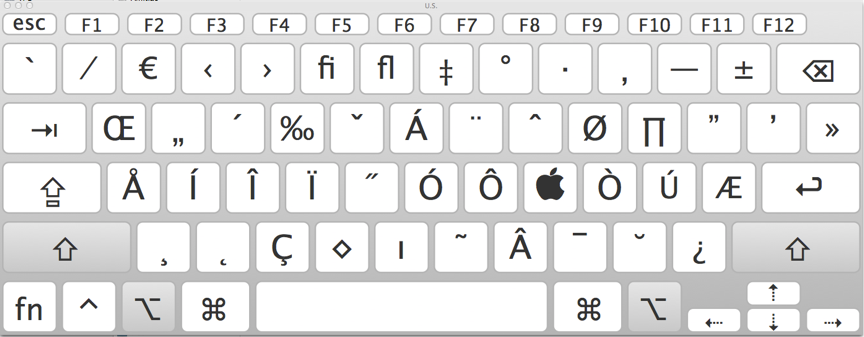
Great care should be exercised when making such changes.
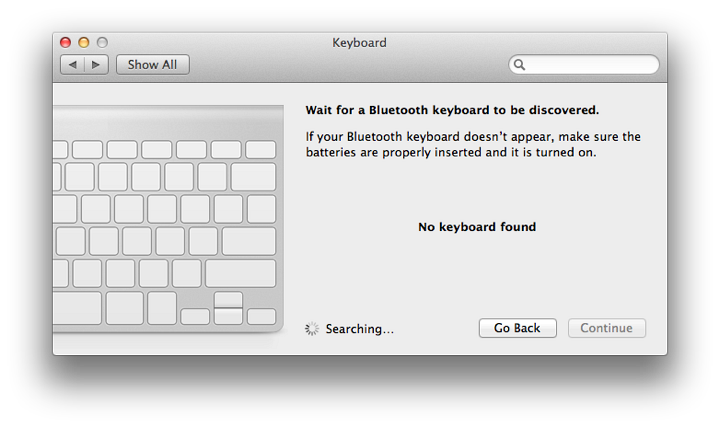
Keyboard ShortcutsLongtime Mac users will be aware that using the keyboard is a lot faster that using a mouse or trackpad. I have written on this a number of times and the most recent three-part article is available online: (1) Outline and Applications; (2) Startup keys and Some Suggestions for Their Use; and (3) More Startup keys and Suggestions for Use.The panel for Keyboard Shortcuts is in two parts: on the left, the area or group that is being controlled; and on the right, the commands themselves.
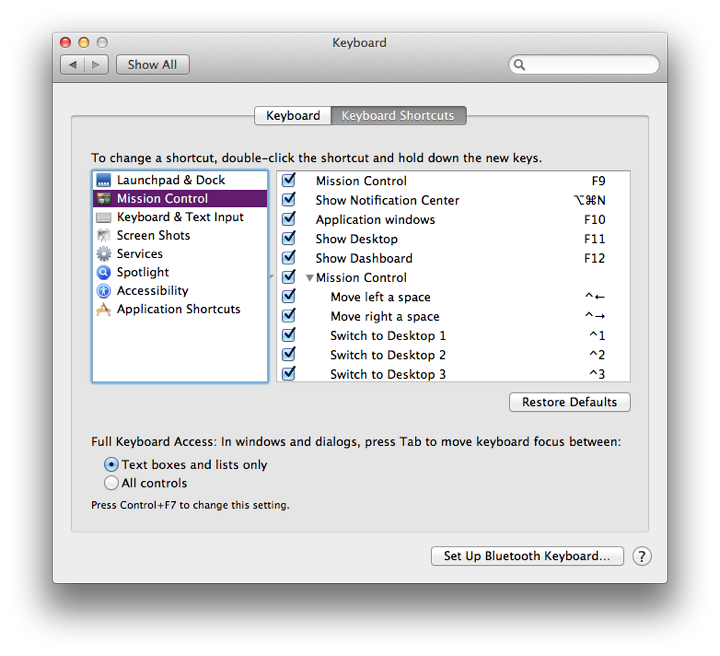
When one of these sections is highlighted, the panel on the right lists all commands for that specific area. Some have fewer than others. For example, Launchpad & Dock has only two listed; Screen Shots has only four. Services has many more. It is now possible to add commands only to the Application Shortcuts section (also see Services, below). Each key command has a checkbox to its left (active/inactive) and any assigned key command. If the checkbox to the left is not checked, the key combination is greyed out. To change a shortcut, we may double-click over the key command shown (when it is active). This reveals a small box in which the new key combination can be typed. If there is a conflict (the combination is already being used), yellow warning triangles appear: by the command, under the panel, by the current section and by the section which is already using the keys.
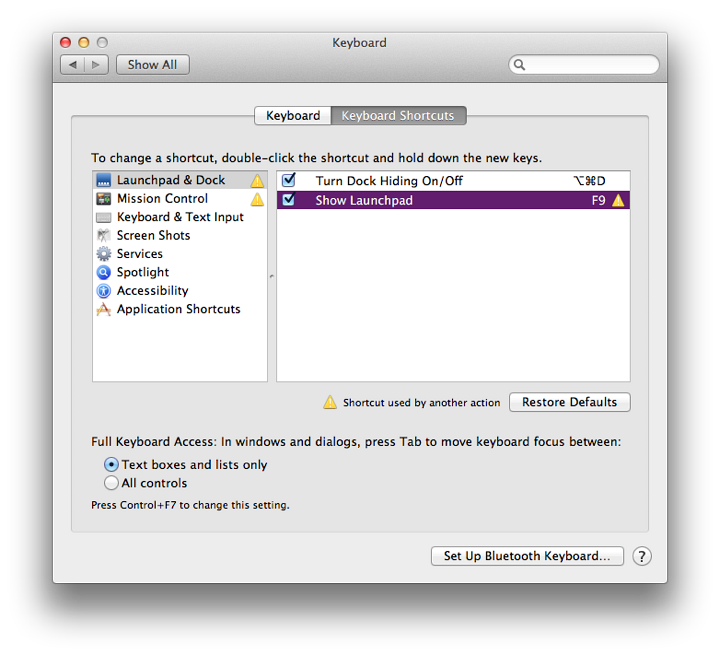
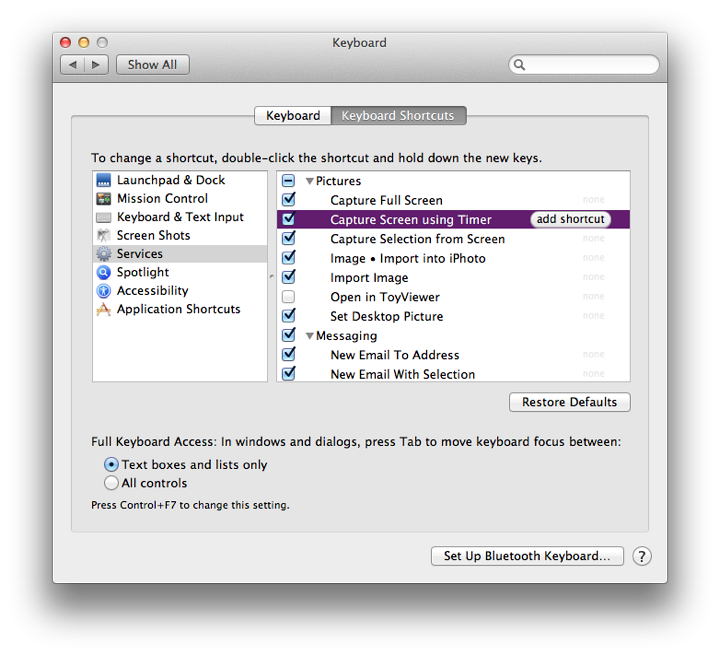
When first viewed in the Keyboard Shortcuts panel, most Services commands do not have a key combination allocated. By clicking on the greyed out "none" by the command, users may add a key combination. This will be useful for those who have a specific task that is repeated often Similarly, the Notification Center shortcut was not checked in the Mission Control group and no key combination was shown for this. I activated the checkbox and a panel appeared for me to enter the new key commands. I used Control + Option + Command + N and I can now open the Notification Center without removing my hands from the keyboard.
We type in the menu title (the words for the command) as it appears in a menu then allocate a key combination. I specified Command + Option + H for this and the key commands now appear in the Safari, History menu. New menu commands cannot be added this way. A new Services item -- perhaps created with AppleScript or in Automator -- might get round this apparent restriction.
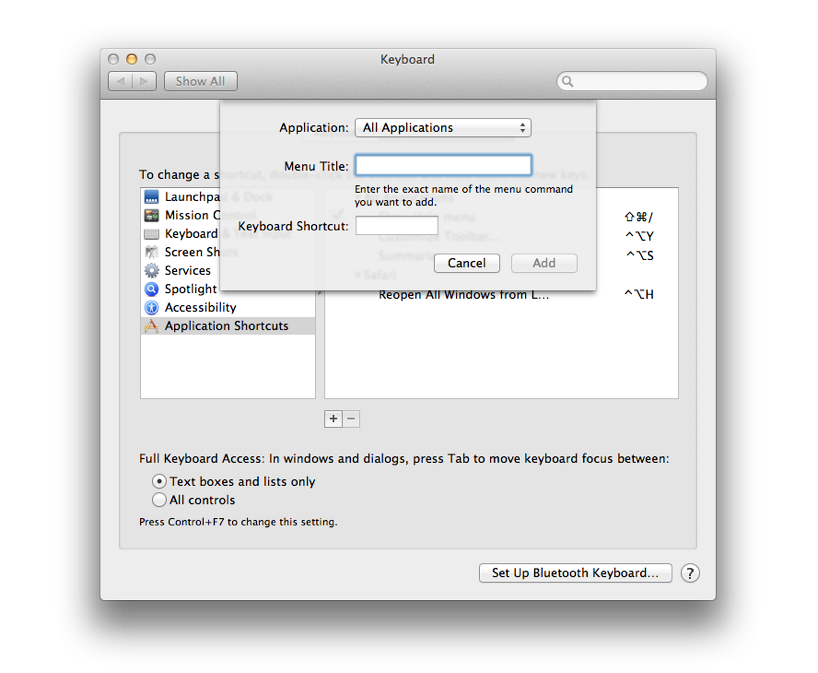
Graham K. Rogers teaches at the Faculty of Engineering, Mahidol University in Thailand. He wrote in the Bangkok Post, Database supplement on IT subjects. For the last seven years of Database he wrote a column on Apple and Macs. |
|

For further information, e-mail to

|

|